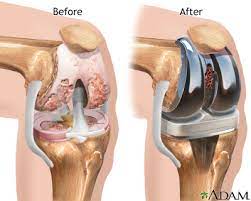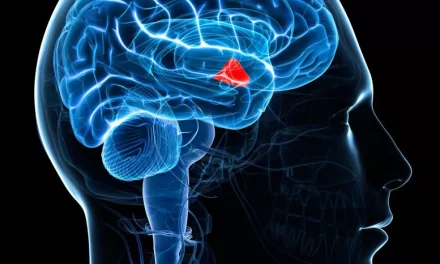In the intricate dance of proteins, the NMDAR (N-Methyl-D-Aspartate Receptor) performs a particularly complex routine in our brains. This protein’s precise movements are crucial for generating electrical signals essential for cognitive functions such as memory. However, until recently, scientists had been unable to fully decipher one critical move in this routine—the “Twist.”
Professor Hiro Furukawa of Cold Spring Harbor Laboratory, along with his team, has made a groundbreaking advancement by uncovering this elusive step. Their research reveals how the NMDAR protein rotates into an open formation, a critical part of its function.
To capture this key motion, Furukawa and his colleagues employed electron cryo-microscopy (cryo-EM), a technique that freezes and visualizes proteins in their active states. This allowed them to observe the NMDAR in its open pose for the first time.
The team, in collaboration with Professors Stephen Traynelis and Dennis Liotta at Emory University, identified a molecule that stabilizes the NMDAR in its open conformation. “It’s not the most stable conformation,” Furukawa notes. “NMDAR involves many components moving independently, and they must coordinate perfectly to open the ion channel. Precise timing and electrical signals are essential for proper cognitive function.”
The detailed cryo-EM images provided insight into the atomic movements during the NMDAR’s “Twist,” potentially paving the way for new drug compounds. These drugs could teach NMDARs that have malfunctioned how to perform their routine correctly, with implications for treating neurological disorders such as Alzheimer’s disease and depression.
Furukawa emphasizes the importance of specificity in drug development. “Compounds interact with specific pockets within proteins. Understanding these interactions will help us design drugs that fit these pockets more precisely, enhancing their effectiveness and minimizing side effects.”
Moreover, Furukawa’s lab has recently unveiled the structure of another NMDAR type, GluN1-3A, which exhibits a completely different “dance” and results in unique electrical signaling patterns.
As researchers continue to explore these intricate protein movements, mastering the NMDAR’s “Twist” is just the beginning. The next challenge could be deciphering the “headspin” of other complex proteins, bringing us closer to breakthroughs in neurological health.












